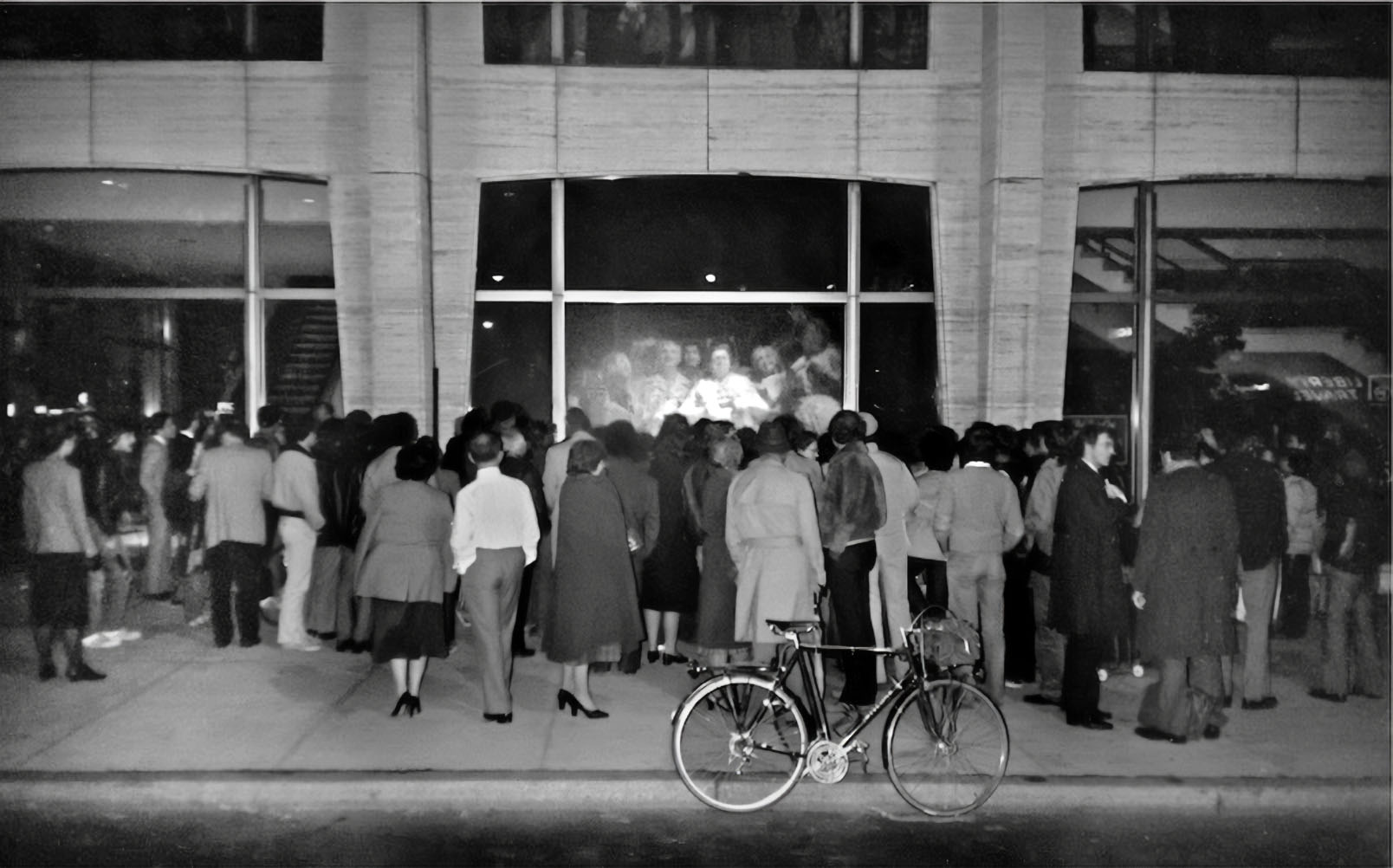In 1980, media artists Kit Galloway and Sherrie Rabinowitz launched “Hole-in-Space.” It was a bold art piece that broke geographical limits. This work turned simple windows into lively gateways. People across 3,000 kilometers connected in real time. They interacted from a Los Angeles store to New York’s Lincoln Centre.
Exploring “Hole-in-Space” reveals a mix of tech genius and art. Life-sized images made screens come alive. They differed from usual art forms. With NASA’s help, it wasn’t just art. It made a strong social statement and created shared moments.
The Dawn of a Digital Revolution
Digital spaces were new in that era. Yet, “Hole-in-Space” hinted at a digital future. It showcased Galloway and Rabinowitz’s vision. Their work hinted at tech’s potential. It showed how tech can reshape art and society.
Nurturing Human Connections in Virtual Spaces
The duo’s work in “Hole-in-Space” shows a blend of tech and art. It also showcased their focus on human bonds. They made spaces for group experiences. This installation bridged gaps using tech. It let people connect, chat, and share.
Echoes in Modern Digital Landscapes
“Hole-in-Space” still holds meaning today. Especially in our pandemic-hit world. It stands as a nod to digital bonds. As a tech and art fusion, its influence is clear. It reminds us of the power of virtual ties.
Visualizing the Convergence of Technology and Art
Using strong visuals, we can revisit “Hole-in-Space.” It helps us see the blend of tech and art. This work keeps pushing our views. It urges us to see how tech and art evolve.
In Closing: A Journey through Innovative Dialogues
Reflecting on “Hole-in-Space” brings up many thoughts. It prompts deep talks about art and tech. It opens doors to imagination and bonds in digital realms.

